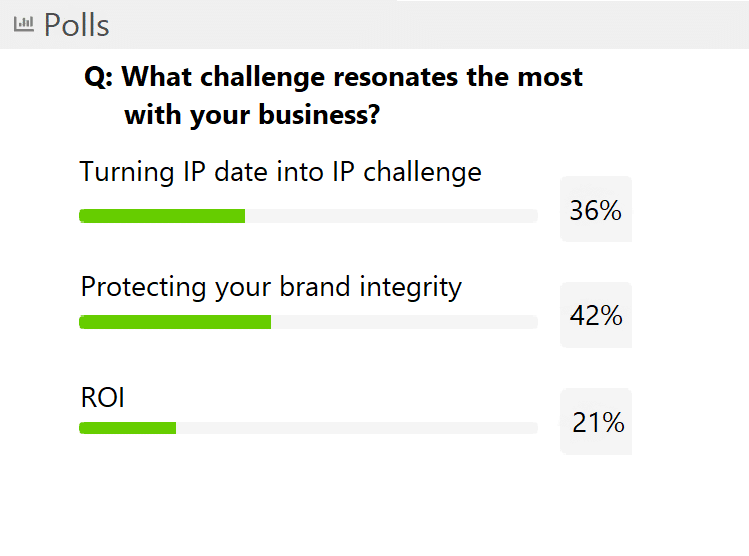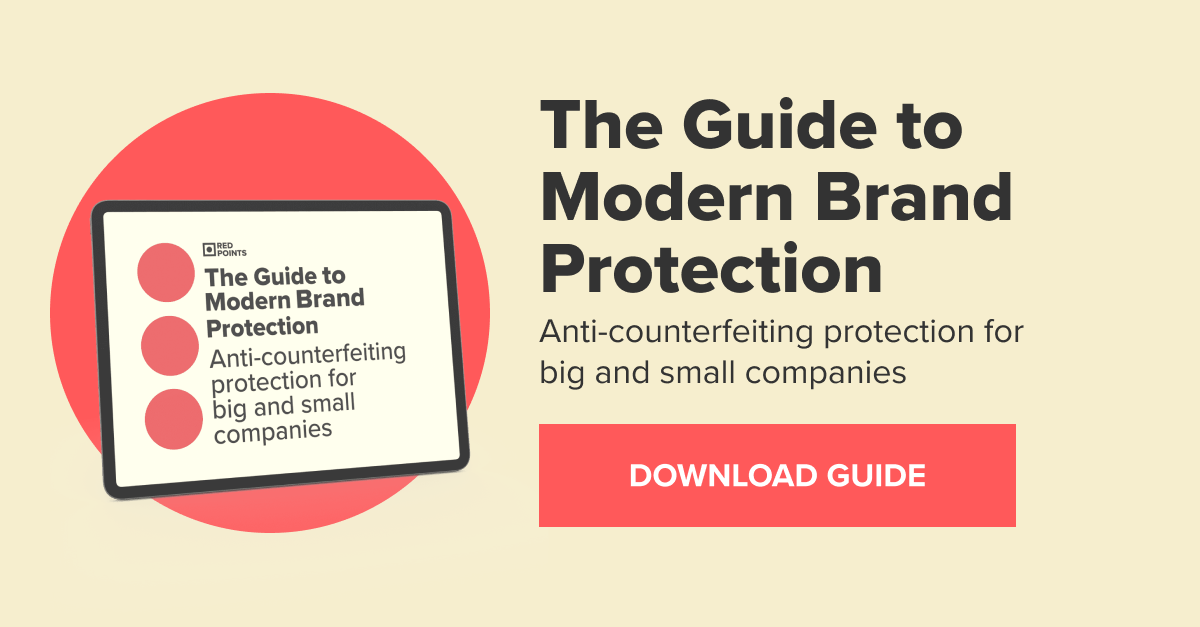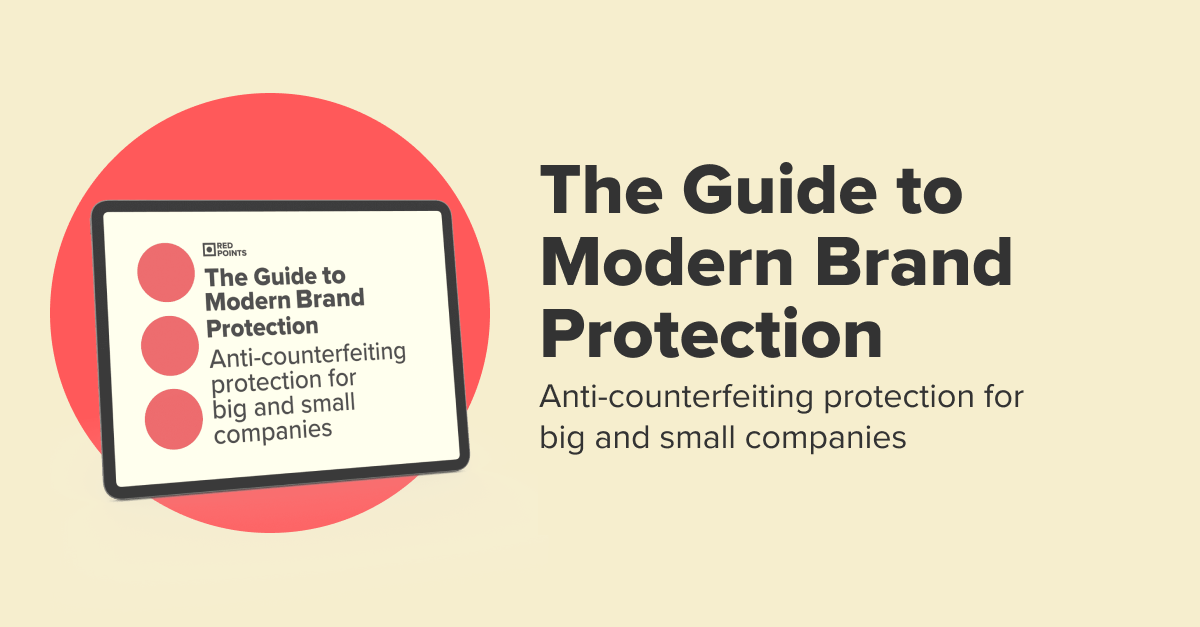Brand integrity is one of the most critical business drivers for any brand. But how do you know if your brand’s integrity is high or low? As a starter, you could ask yourself the following question: how much does my brand fulfill its promise?
A brand’s promise has many layers and is under constant scrutiny from consumers and thought leaders who consciously or unconsciously –sometimes very publicly– question topics like:
- Does the product or service cover the functional need it is supposed to?
- Does it cover the emotional need as expected?
- In the case of retail brands, has the product been manufactured and distributed with respect for the environment and the workers throughout the value chain?
At the end of the day, there are many things that can be done to increase a brand’s integrity, and many that should be avoided. Some are straightforward, others are not.
In this article we will cover 3 main blockers that undermine the integrity of many brands.
Solve them and your brand identity will skyrocket.
Blocker #1: Poor brand values
A brand is that gut feeling we have as consumers that makes us prefer one product or service over another. That feeling is built over time through many –in some cases, thousands of– brand exposures: ads, reviews, friends’ recommendations, shopping experiences, usage experiences…
Brand leaders cannot control all of those exposures, but they can definitely impact many of them, both directly –such as running a campaign or defining official brand guidelines– and indirectly. A powerful, indirect way of fostering relevant brand exposures is through defining and fostering brand values.
Brand values are the principles that a brand, and the organization behind it, stands for. If those values are not supported by the people, the partners, and the providers that make that brand a reality, they will fall eventually, and integrity will fall with them. Here’s an interesting article on how to define a brand’s values to obtain brand integrity.
Interestingly enough, in a recent webinar “7 real-world wins from IP leaders using brand protection software” hosted by Red Points, 42% of IP leaders mentioned protecting brand integrity as one of their biggest challenges. This goes to show the extent to which this issue affects businesses worldwide.

Blocker #2: Letting counterfeiters run rife
According to a recent survey of 1.000 US consumers, one in four shoppers believe brands to be responsible for counterfeits being sold online. Right after the ecommerce platforms selling them, it appears that brands are the ones to blame.
And the truth is brands own the intellectual property rights for their trademarks, content, products and services. And because they own them, they can enforce them by chasing and taking down those infringements.
Does that involve prosecuting? Well, it can. However, this is often a long, costly process that requires a great deal of field investigation, strong evidence gathering, and the cooperation of many external stakeholders. Even when a brand can afford this type of action, it can’t be the only one they practice.
Something faster, cheaper, and more effective that should always be done regardless is to “cut consumers’ access” to counterfeits. And the largest access window consumers have nowadays to counterfeited goods is the Internet.
Ecommerce platforms such as online marketplaces, social media channels or stand-alone eshops are legally obliged to respect intellectual property owners’ rights, and typically include policies that enable brands to report and request the removal of infringing listings. Here’s a step-by-step guide on how to take down counterfeits online for manufacturers, retail brand owners, brand managers, and brand protection professionals of all levels.
However, dealing with counterfeit listings manually, one by one, can be very time-consuming, and not as impactful. Counterfeit sellers are sophisticated digital experts, capable of driving huge amounts of consumers to their products without showing them off at plain sight, so human detection becomes not just overwhelmed very early on, but also ineffective.
The way in which modern retail brands deal with online counterfeits is through software platforms that automate the detection, validation, and takedown of counterfeits at scale, night and day. This is how the best brand protection software works.
Blocker #3: Allowing others to impersonate your brand
A brand’s integrity can be seriously damaged by unlawful practices even when its goods are not being counterfeited. Their trademarks can be used to tag products that don’t even belong to the brand’s portfolio or category –think of a premium watch brand’s logo printed on a low-quality, unfashionable bracelet. Or something more and more common these days: their brands can be impersonated with fake social media profiles, fake mobile apps, or fake websites.
Actually, this doesn’t only impact retail brands: any consumer-facing company is exposed to this problem. Only in the UK, impersonation scams grew by 85% last year. And the consequences of brand impersonation can be devastating:
- Consumers tricked to provide their credit cards, ecommerce login details, or any other type of sensitive information
- Brand guidelines and messaging completely altered, projecting the wrong image to the world
- Fake news about the company going viral on social networks and making its way into traditional media
This is a growing issue due to the vast possibilities that technology brings to scammers; but, thanks to technology, these infringements can also be easily tackled with automation software that detects and requests the takedown of fake profiles and channels in a cost-effective fashion. Here’s an example of how a brand impersonation removal tool works.
Building and maintaining brand integrity is a reputation game, but it’s also a revenue game. And it’s not just about investing in creative actions, but also about defending that heritage against the ones that want to make a profit out of draining it. It involves innovating but also protecting.
Successful brand leaders excel at both.







